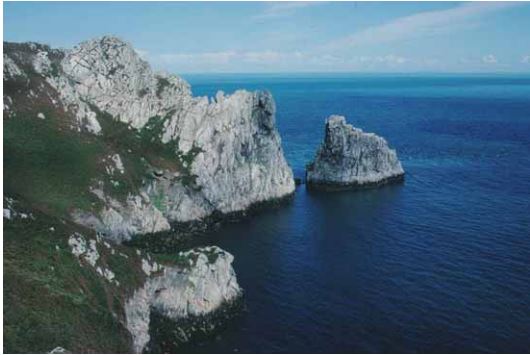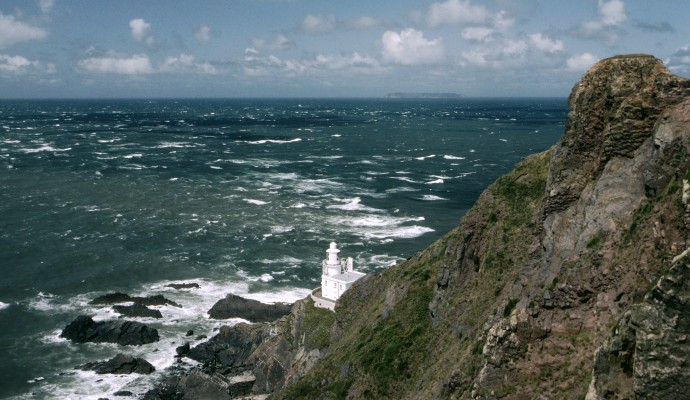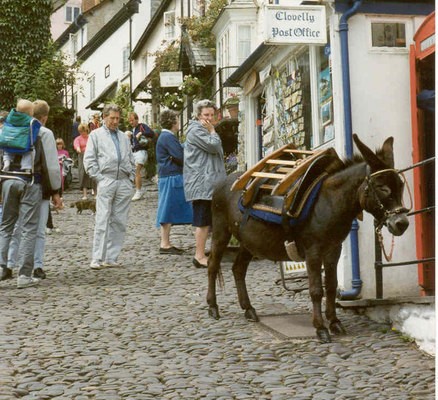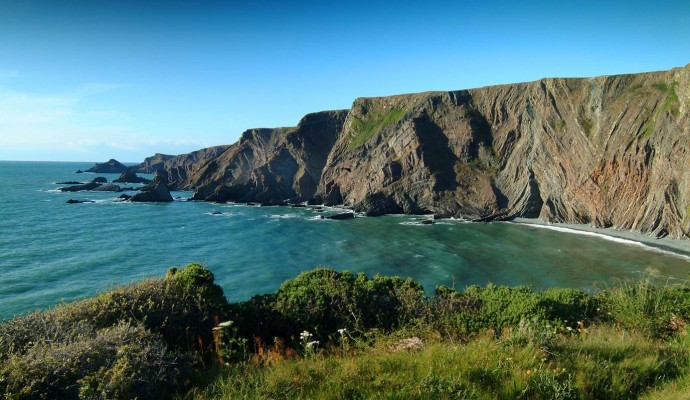Interesting information
Lundy has a vast amount of varied terrain with high, rugged cliffs to the west and gentle grassy slopes to the east. There are many activities on offer to the visitors of Lundy including bird-watching, walking and fishing.
Some of the rocks that make up Lundy began to form 380 million years ago when shallow marine muds were laid down and then compressed and heated to form slates. These ‘Morte Slates’ crop out in the extreme south-east of the island near the quay. However, most of Lundy is composed of granite, though not the same 280 million year old granite seen at Dartmoor. Instead it is a mere 60 million years old. It was injected into the Morte Slates during a period of volcanic activity connected with the opening of the Atlantic Ocean.
Unlike mainland Devon, Lundy was covered by glaciers during the Ice Age and this had a profound effect upon the shape of the island. It originally took the form of a cone but the ice decapitated this, leaving the flat topped island we see today.



